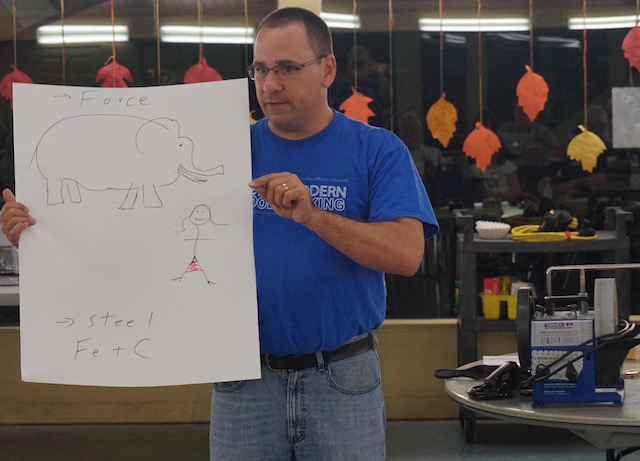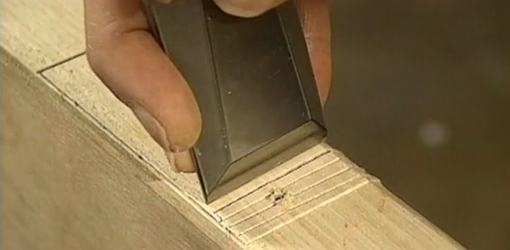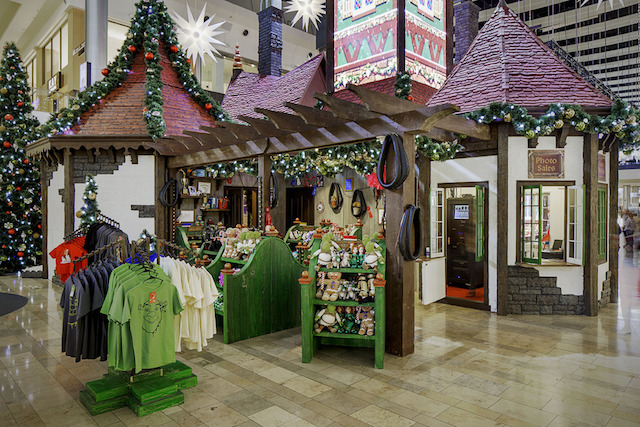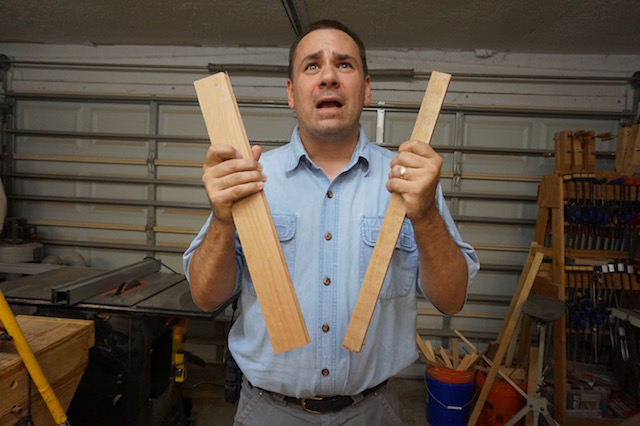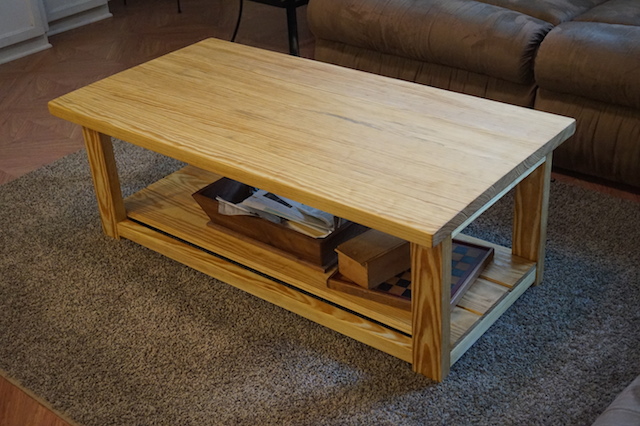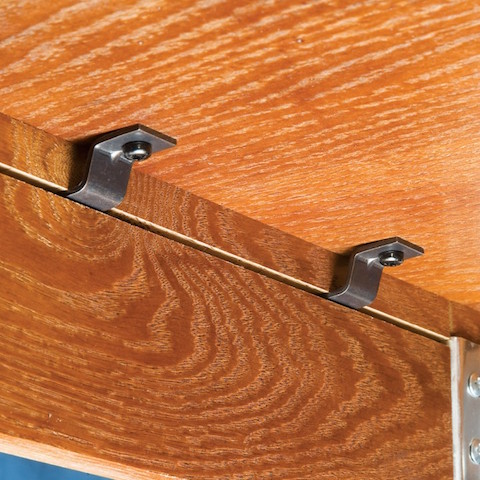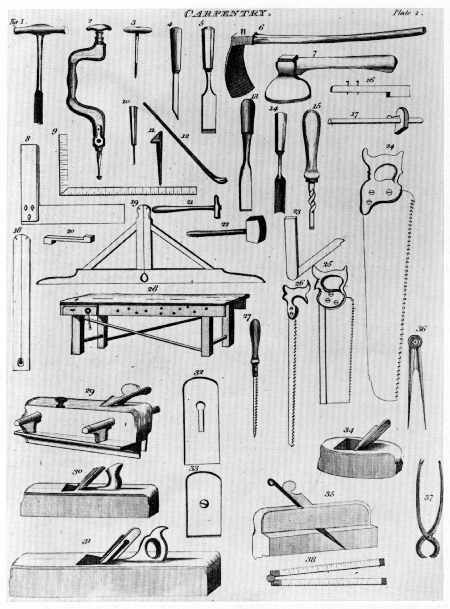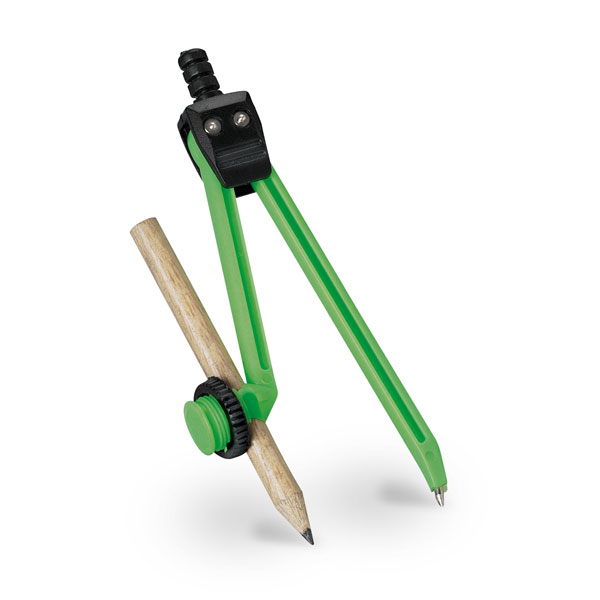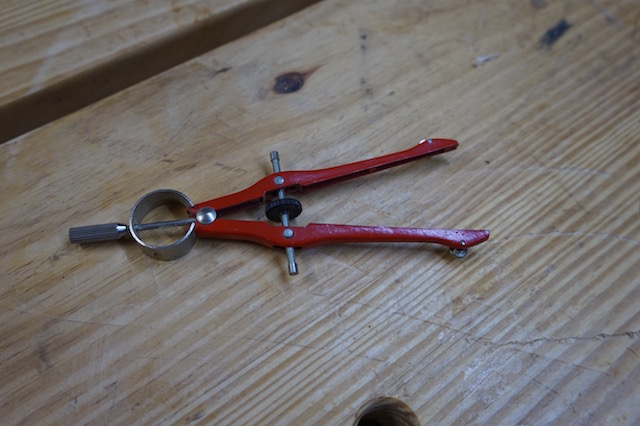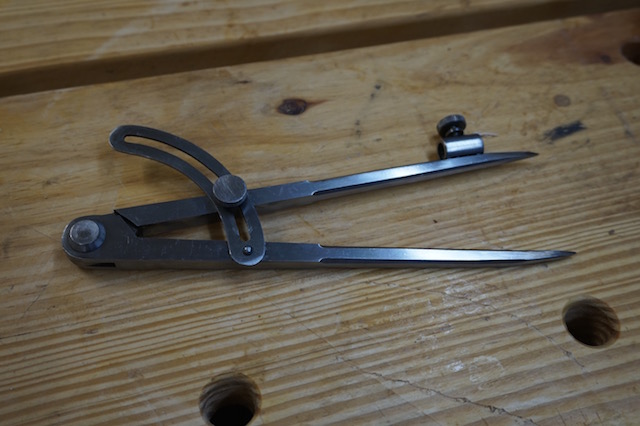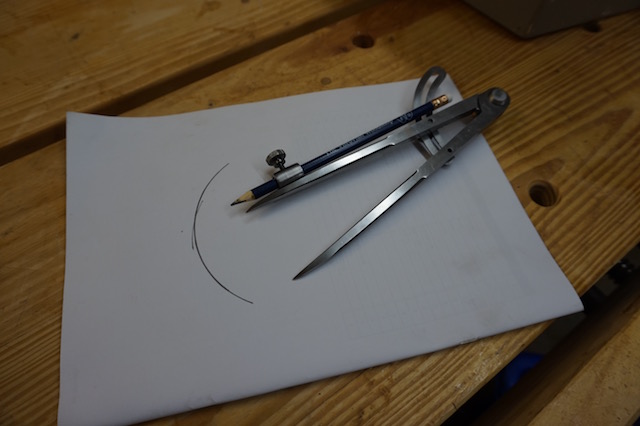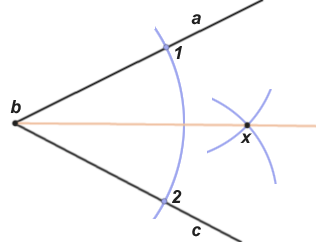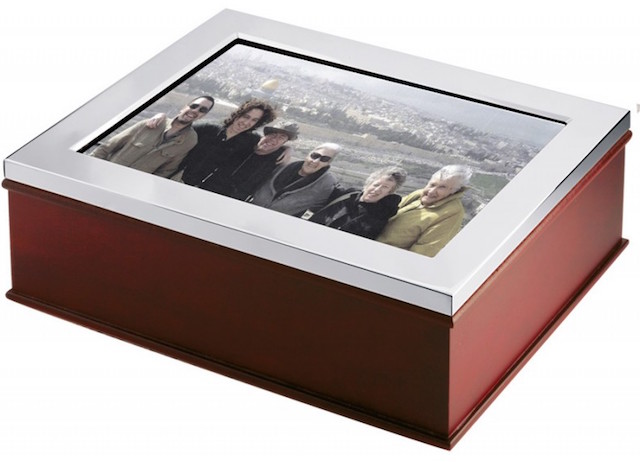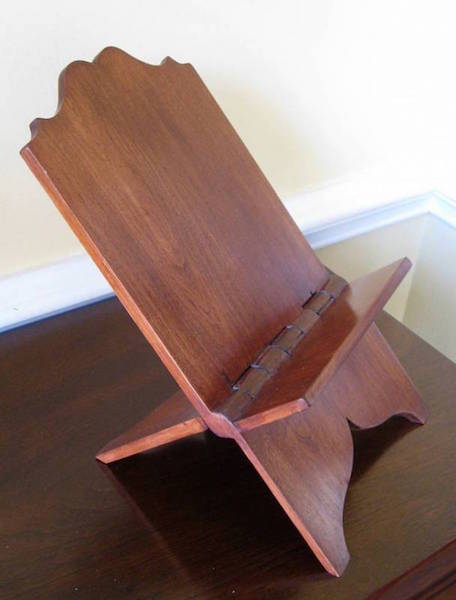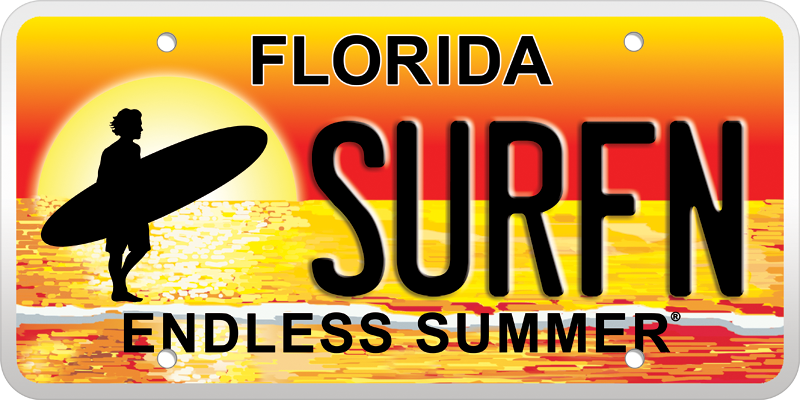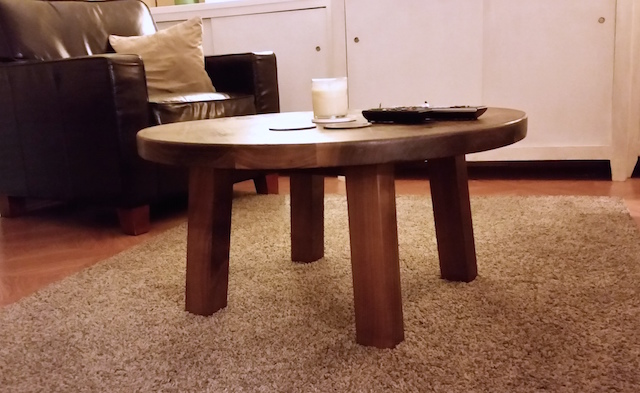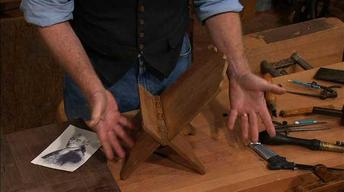So, this past Tuesday night, I was asked to come to the St. Petersburg Woodcrafters Guild to do a quick talk about sharpening.
Am I an expert on sharpening? Nope.
But, I have spoken with Ron Hock a ton, and I am sponsored by Tormek, so I can fake it until I make it when it comes to the topic.
First, though, I had to talk a little bit of physics… something I know less of. I used an interesting example that I picked up from one of my high school science teachers.
A 140 pound woman wearing high heels and a 2,500 pound elephant walk onto a beach (Sounds like the start of a bad joke, right?). Which one leaves deeper footprints in the sand?
The answer is the woman, even though she may be about 17 times lighter than the pachyderm. The reason? The force of her weight is concentrated on a much smaller area than the elephant’s foot.
That’s why we sharpen tools. Sharp tools focus the force used to work them onto a smaller point, making it easier for them to sever wood fibers. Pretty simple, no?
The other thing I mentioned was that steel is basically a carefully controlled mix of carbon and iron with some other elements added to adjust the properties of the tool. An important part of the process is how quickly the steel is cooled and reheated to relieve stresses and tempter the material. Sharpening methods that generate too much heat can remove the temper, leading to weak tools. Ron Hock gave me a great lesson on this in a 2010 article I posted called Steel Yourself!
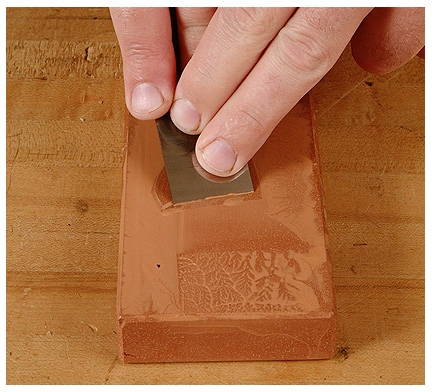
With those basics out of the way, I jumped into business, recounting tales from my 2009 post A Honing Beacon, which talked about the pros and cons of different sharpening media. I went from the cheap and cheerful sandpaper systems to the more expensive diamond stones. Basically, if you get good results from your system, why mess with it?
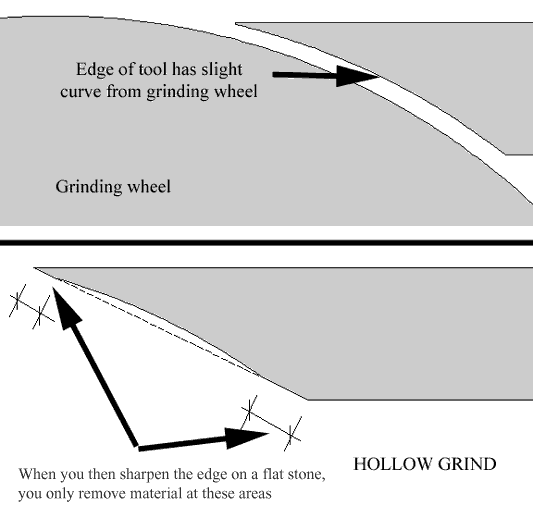
I also covered the differences between a flat ground bevel and a hollow bevel, which can be obtained by sharpening on a wheel of some type. I posted The Right Grind in 2012 which covered the difference between the two, and what a microbevel is all about.

I also talked about different ways to see how sharp the blade is at the end, something I mentioned in a post called How Sharp? that I did in 2012. From creating woodworker pattern baldness to slicing sheets of printer paper, there are some tried and true methods to verify that you indeed have sharp tools.
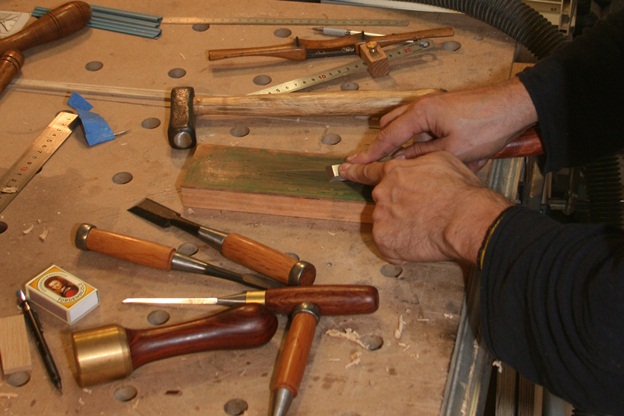
I even went into detail on stropping back in 2012 with my article Strop! In the name of love. Stropping is that final step that puts the razor edge on tools, making them a real pleasure to work with.
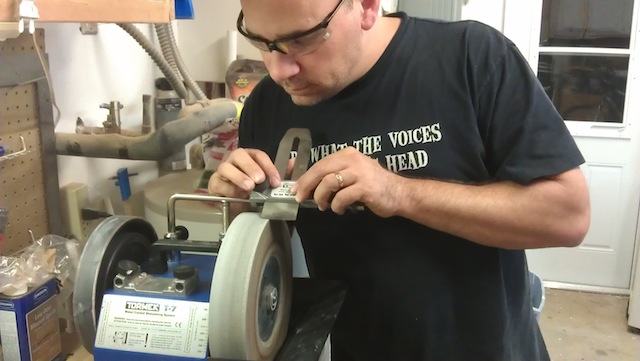
While it was great to talk about sharpening, it was even better to be in front of the Guild again, sharing a little bit of what I know about sharpening and helping folks understand this important part of the craft again.

